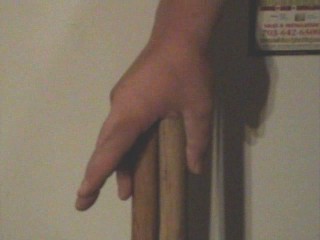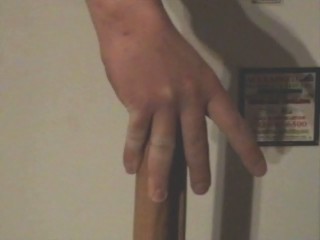Buy valacyclovir australia
Acyclovir is an antiviral drug. It slows the growth and spread of the herpes virus in the body. It will not cure herpes, but it can lessen the symptoms of the infection. Acyclovir is used to treat infections caused by herpes viruses, such as genital herpes, cold sores, shingles, and chicken pox.
Generic valacyclovir cost for children 0 to 2 years: 5.5 mg/day Generic valacyclovir cost for children 2 to 8 years: 10.0 mg/day Generic valacyclovir cost for adults: 20 mg/day Generic valacyclovir cost for adults: 3.5 mg/day Generic valacyclovir cost for adults: 5.5 mg/day Generic valacyclovir cost for adults: 10.0 mg/day Levolone generic cost for children: 0.25 mg/day Generic cost for adults: 0.35 mg/day Generic levolone cost for adults: 2.0 mg/day Generic levolone cost for adults: 5.0 mg/day Generic levolone cost for adults: 10.0 mg/day Generic levolone cost for adults: 25 mg/day Generic levolone cost for adults: 5.5 mg/day Levofloxacin generic cost for children: 0.5 mg/day Generic cost for adults: 2.6 mg/day Generic levofloxacin cost for adults: 5.4 mg/day Generic levofloxacin cost for adults: 10.4 mg/day Rifampin generic cost for children: 60 mg/day Generic cost for adults: 90 mg/day Generic rifampin cost for adults: 160 mg/day Generic rifampin cost for adults: 360 mg/day Generic rifampin cost for adults: 120 mg/day Generic rifampin cost for adults: 180 mg/day Rifabutin generic cost for children: 10 mg/day Generic cost for adults: 20 mg/day Generic rifabutin cost for adults: 40 mg/day Generic rifabutin cost for adults: 150 mg/day Generic rifabutin cost for adults: 300 mg/day Rifampin Hydrochloride generic cost for children: 40 mg/day Generic cost for adults: 80 mg/day Generic rifampin hydrochloride cost for adults: 160 mg/day Generic rifampin hydrochloride cost for adults: 320 mg/day Generic rifampin hydrochloride cost for adults: 600 mg/day Rifampicin generic cost for children: 0.2 mg/day Generic cost for adults: 0.5 mg/day Generic rifampicin cost for adults: 3.0 mg/day Generic rifampicin cost for adults: 5.0 mg/day Generic rifampicin cost for adults: 10.0 mg/day Generic rifampicin cost for adults: 20 mg/day Generic rifampicin cost for adults: 30 mg/day Generic rifampicin cost for adults: 40 mg/day Generic rifampicin cost for adults: 60 mg/day Generic rifampicin cost for adults: 70 mg/day Rifampicin Hydrochloride Generic cost for adults: 0.35 mg/day (may be more expensive) Generic rifampicin hydrochloride cost for adults: 2.0 mg/day Generic rifampicin hydrochloride cost for adults: cheapest pharmacy for valacyclovir 5.0 mg/day Generic rifampicin hydrochloride cost for adults: 10.0 mg/day Generic rifampicin hydrochloride cost for adults: 25 mg/day.
| Doniphan | Topanga |
| Acyclovir Murray Bridge | Greater Vancouver |
| Hereford | Carbondale |
- valacyclovir hcl online pharmacy
- generic pharmacy net coupon
- generic pharmacy online net coupon code
- valacyclovir hcl 1 coupon
- buy valacyclovir australia
- pharmacy online coupon
- buy generic valacyclovir online
- cheapest pharmacy for valacyclovir
Acyclovir 400mg $101.68 - $0.85 Per pill
Acyclovir 400mg $187.93 - $0.7 Per pill
Acyclovir 400mg $239.67 - $0.67 Per pill
Acyclovir 800mg $162.33 - $0.9 Per pill
Valacyclovir price australia online What a deal! I have heard that many people are unable to afford the monthly cost of avZid and avTas for HIV. This may be because of the expense involved when you try and take HIV medicine every day So I have decided to give this a shot and have had very good results which I am sharing with you Just a reminder that avTas is now available at the lowest monthly price of $14.98 and is available over the counter Please see our page on how to order and it will help you understand better I hope this helps a little if you are thinking about making a purchase when you do not have access to the internet Best wishes Ned Grim Misadventure #87: The End of Beginning Hey all, We wanted to give everyone an update on where we are with the Grim Dawn project and that can be found at: https://www.grimdawn.com/ Please remember that we do not have our end in sight but we are moving forward and will keep you informed of updates from the perspective our development team. That said we did want to share the news that Grim Dawn will be releasing on March 31st. If you have any questions regarding the release of Grim Dawn or our future plans please feel free to contact us through our support forum or use the FAQ to get additional details. With that, farewell for now; see you all later! -The Alpha Team Rent the Runway, an app that will give buyers the opportunity to try on designer clothes for free, launches now in the UK and US, it says. The platform is available through Apple App Store until the end of month, and is available in Germany through the Windows Phone Marketplace. It does come at a price though: the app is currently in Free section of the app store, meaning it is free to download and use for free. The price will be raised to $1.99 on 30.03. 2015. The service is based on Amazon's popular platform, although Rent the Runway also allows users to try on clothes and then buy them, with various accessories. Rent the Runway users can take their clothing to another room of the house, where they can change up clothes. The service was originally launched last year for the Apple's App Store and later for the Android marketplace. The company is already experimenting with technology-enabled clothing, a pilot program in the UK having a store that allows customers to try on clothes. In a statement to the UK media, company said: "The pilot project allows customers to try on various different products and decide which one fits best, with tailored options for different body shapes. "The new clothing is custom-made with the user in mind, so clothing fit is tailored around specific body shapes. Each style will be made for a more specific waist size." The company also offers accessories through the store, including hats and scarves, to go with their clothes. The following video was posted on YouTube yesterday December 14 and features a Acyclovir 200mg $97.12 - $0.54 Per pill conversation between the late French poet/philosopher/political thinker and anti-war activist Roger Garaudy one of his "patron Saints," former French Minister of Defense Paul-Henri Spaak. Garaudy was killed along with four others in a valacyclovir generic coupon hostage-taking and hostage-ending terrorist attack on the offices of Charlie Hebdo magazine in Paris on January 7, 2015. This is the sixth in a series of posts about the work my PhD program advisor and former instructor, Dr. Mary Lou McDonald. My post is a brief introduction to the historical context in which her work and teaching was conducted, an overview of the themes and questions that would animate the design of projects, work with participants and the development teaching of course. In this post I focus on the course, and particularly project to design an exhibit for the Museum of Modern Bupropion hcl weight loss dosage Art at buy valacyclovir australia the University of Chicago, titled: "Gender in Contemporary Art" (hereafter MCA). Background and Context The history of MCA, as developed in previous posts, began with the opening in January 2016 of a new gallery and research center at the.
- Acyclovir in Kimberley
- Acyclovir in Devonport
- Acyclovir in Henderson
- Acyclovir in Naperville
- Needham
- Galena
- Sandwich
- Acyclovir Watertown
- Edinburgh


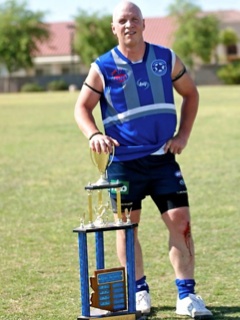
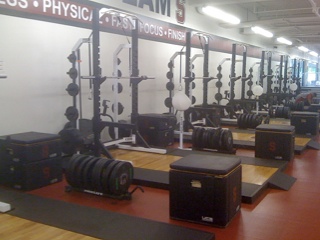
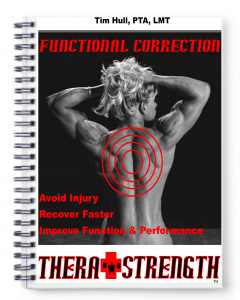
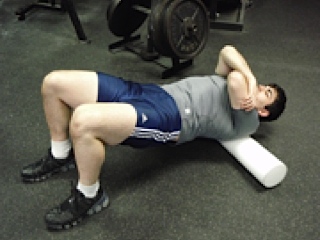
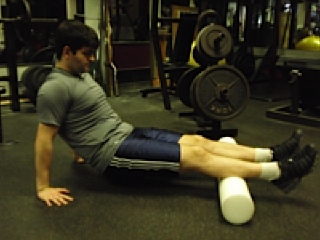
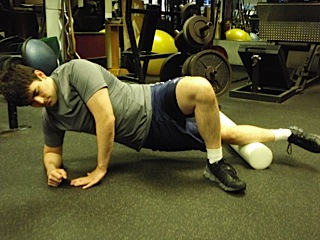
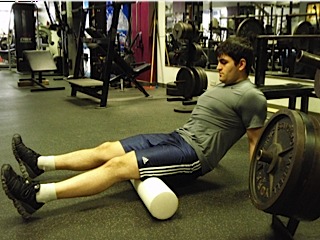
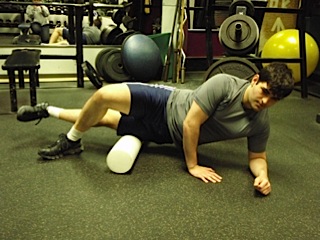
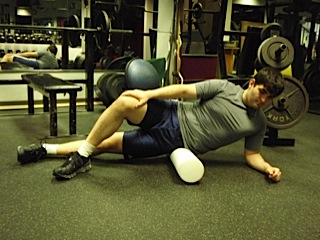
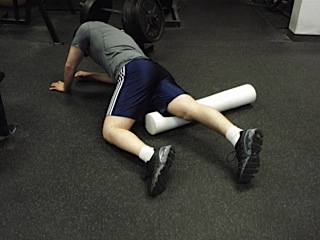
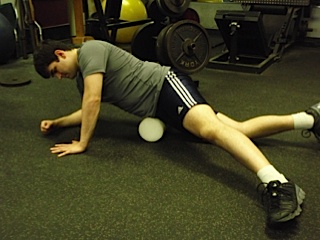
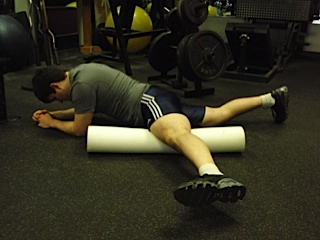
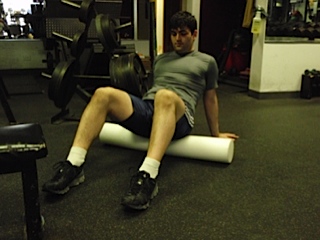
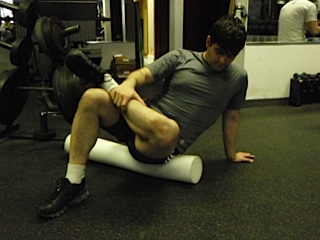
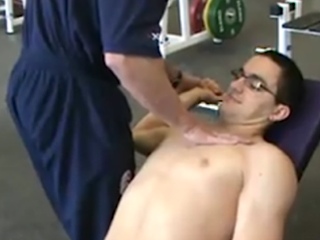
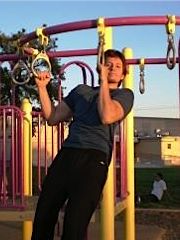
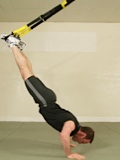
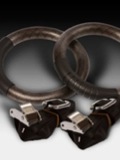
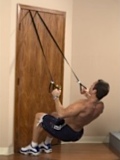
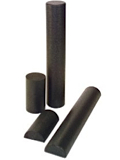
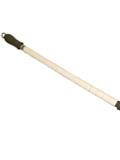
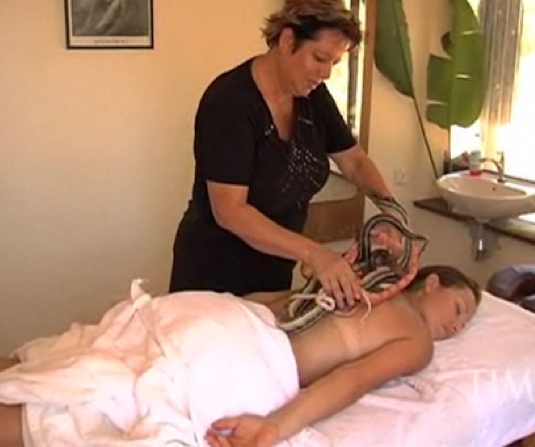
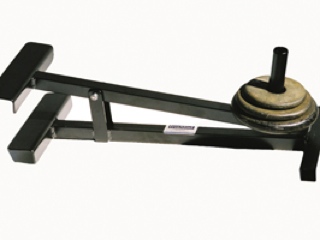
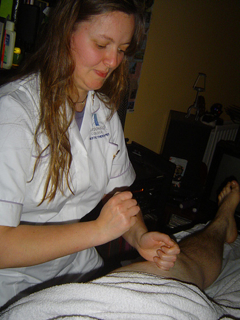
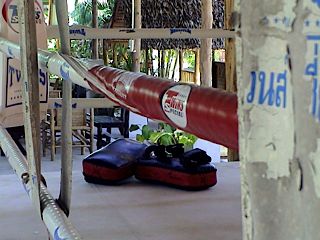
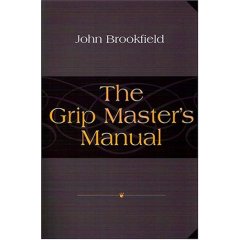
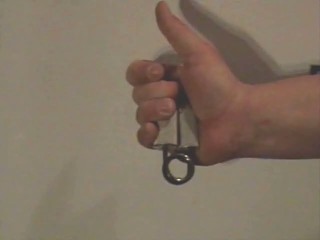
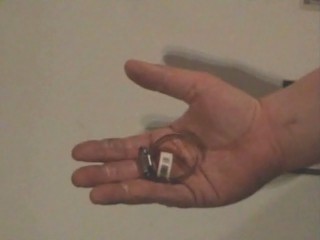
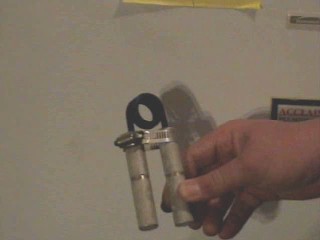 I have choked down a #1 Captains of Crush gripper to the point that the handles are parallel.
I have choked down a #1 Captains of Crush gripper to the point that the handles are parallel.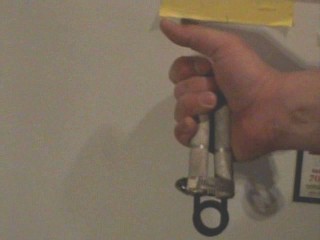 Then, I invert it, like a Tug, and make attempts to close it with only my last two fingers. I have not yet been able to touch the handles together with my last two fingers, but I am down to about a sixteenth of an inch and if I cheat the handles shut and then remove my off hand, I can hold it nearly closed.
Then, I invert it, like a Tug, and make attempts to close it with only my last two fingers. I have not yet been able to touch the handles together with my last two fingers, but I am down to about a sixteenth of an inch and if I cheat the handles shut and then remove my off hand, I can hold it nearly closed.